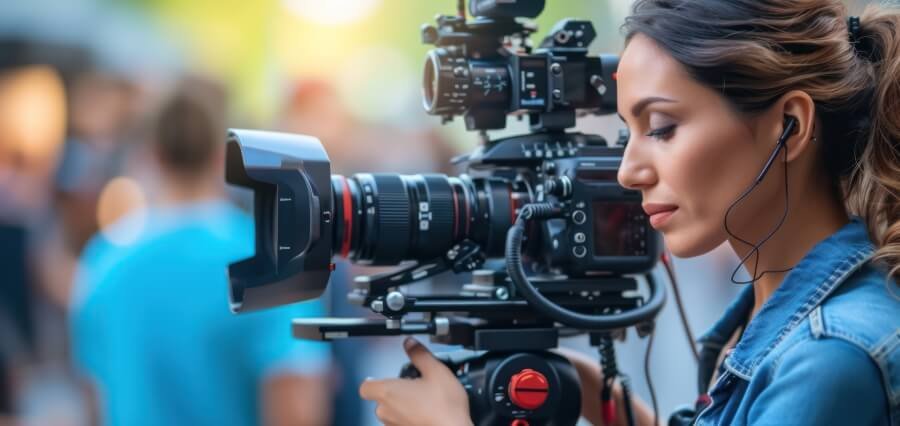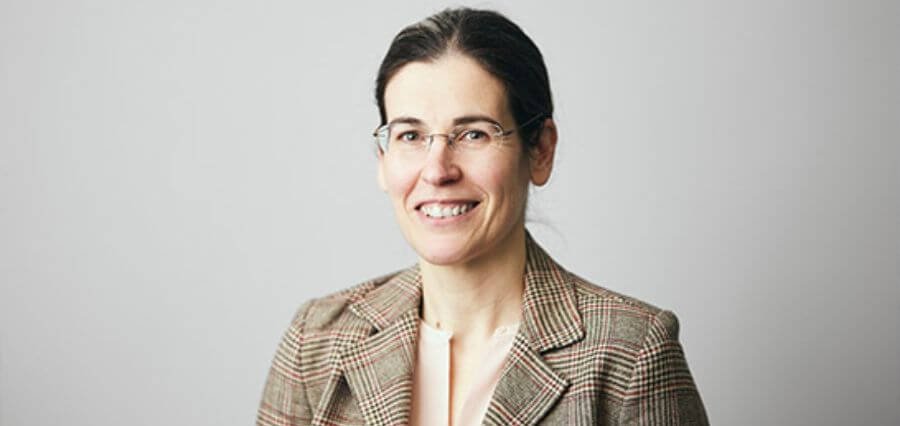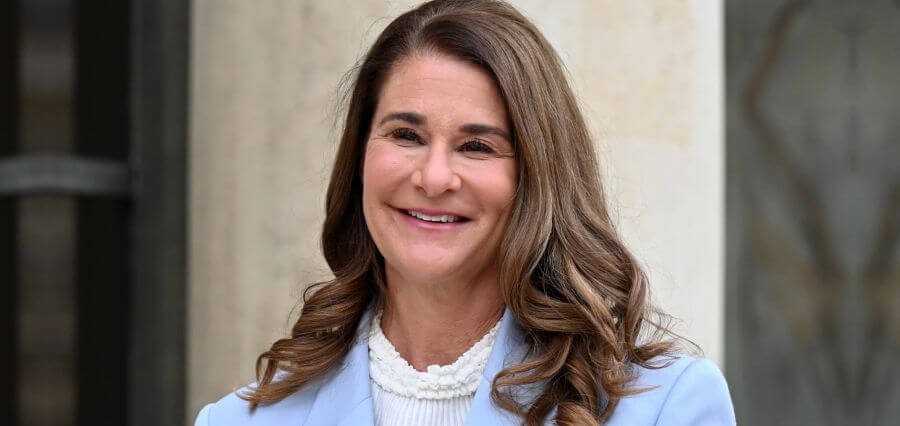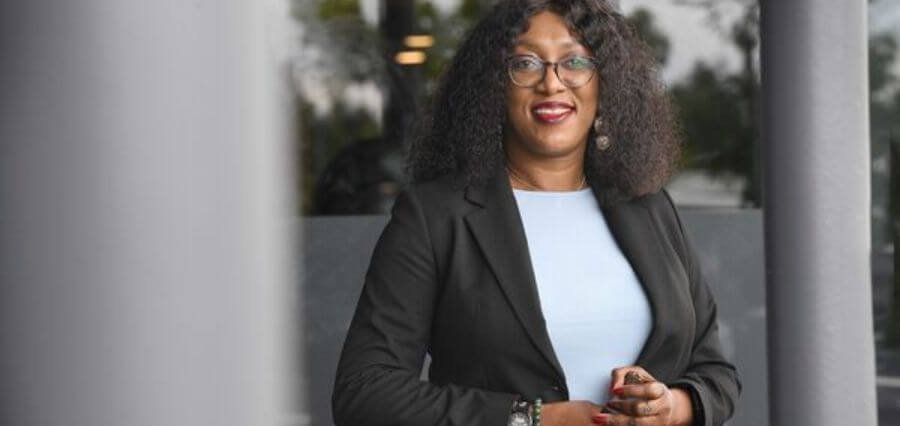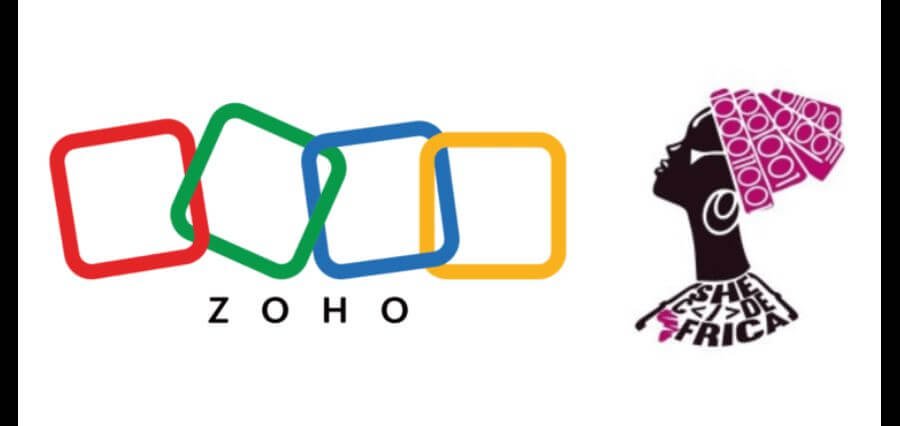#Inspiring Ladies
Women film makers are increasingly making their mark in the global film industry, reshaping narratives and challenging traditional storytelling. For decades, film making was a male-dominated field where women struggled to secure prominent roles, particularly as directors and producers. However, in recent years, women film makers have not only entered the industry in greater numbers but are also gaining recognition for their visionary work. Their films, often marked by a distinct sensitivity to diverse perspectives and untold stories, are captivating global audiences, breaking box office records, and garnering critical acclaim. This shift represents more than just an increase in female representation—it signifies a profound change in how stories are told and who gets to tell them.
One of the most notable trends in women-led film making is the move toward creating more complex, multifaceted female characters. Historically, women in film were often relegated to supporting roles or portrayed in one-dimensional ways. However, female film makers are now redefining the portrayal of women in cinema, presenting characters who are strong, flawed, and diverse. These characters reflect real-life complexities and challenge the stereotypical roles women have traditionally been assigned. This shift is evident in films such as Greta Gerwig’s Lady Bird (2017) and Little Women (2019), which feature rich, nuanced portrayals of female experiences. Gerwig’s films are celebrated not only for their critical success but also for resonating deeply with audiences across different cultures and generations.
Beyond character development, women film makers are pushing the boundaries of genre and subject matter. They are tackling issues such as gender inequality, social justice, mental health, and identity, bringing these topics to the forefront of cinematic discourse. Ava DuVernay, for instance, has been a trailblazer in both narrative and documentary film making, using her platform to address racial justice and civil rights. Her documentary 13th (2016) and the powerful miniseries -When They See Us (2019) examine systemic racism in America, shining a light on institutional injustices that affect marginalized communities. DuVernay’s work has had a profound impact on global audiences, sparking important conversations about race and equality while demonstrating the power of film as a medium for social change.
Internationally, women film makers are also breaking through cultural barriers and bringing unique stories to the world stage. In countries like Iran, India, and Saudi Arabia, where strict cultural norms have historically limited women’s participation in cinema, female directors are now emerging as powerful voices. Iranian film maker Marjane Satrapi gained worldwide attention for her animated film Persepolis (2007), which is based on her graphic novel memoir about growing up during the Iranian Revolution. The film’s stark, minimalist style and poignant narrative resonated with audiences globally, offering an intimate, personal view of Iran’s tumultuous history through a woman’s eyes. Similarly, Haifaa Al-Mansour, Saudi Arabia’s first female director, broke new ground with her film Wadjda (2012), which tells the story of a young girl challenging societal expectations in Riyadh. Al-Mansour’s success has paved the way for other film makers in conservative societies to tell stories that challenge cultural norms and promote change.
Women film makers are also revolutionizing the industry from a production and technical standpoint. Kathryn Bigelow, the first and only woman to win an Academy Award for Best Director (for The Hurt Locker in 2009), has carved a niche for herself in action and war films, genres traditionally dominated by male directors. Her ability to craft intense, high-stakes narratives with a strong emotional core has earned her critical and commercial success, proving that women can excel in any film genre. Her later work, Zero Dark Thirty (2012), about the hunt for Osama bin Laden, cemented her reputation as a visionary film maker unafraid to tackle difficult, politically charged topics.
The rise of streaming platforms such as Netflix and Amazon Prime has also created new opportunities for women film makers, who may have previously struggled to secure financing and distribution for their projects. These platforms have democratized the film industry, allowing women to tell stories that might not fit into traditional Hollywood models. Directors like Lulu Wang, whose film The Farewell (2019) gained critical acclaim through its intimate portrayal of family and cultural identity, have benefited from this new era of digital distribution. Wang’s ability to craft a deeply personal narrative while appealing to a broad audience is a testament to the global impact women film makers are having today.
Despite the progress, challenges remain for women in the film industry. Gender inequality persists, particularly in terms of pay and access to high-budget projects. However, the momentum is shifting, as advocacy groups like Time’s Up and Women in Film push for greater representation and equity for women behind the camera. As more women break through these barriers, the film industry is slowly but surely transforming into a more inclusive space where diverse voices can thrive.
by telling stories that are bold, inclusive, and thought-provoking, today’s women film makers are making an indelible impact on the global audience. Their rise marks a pivotal moment in cinema, one that is not only changing how films are made but also how they resonate with viewers worldwide. As more women continue to push boundaries and redefine the narrative landscape, the future of film making looks brighter, more diverse, and more inclusive than ever before.

